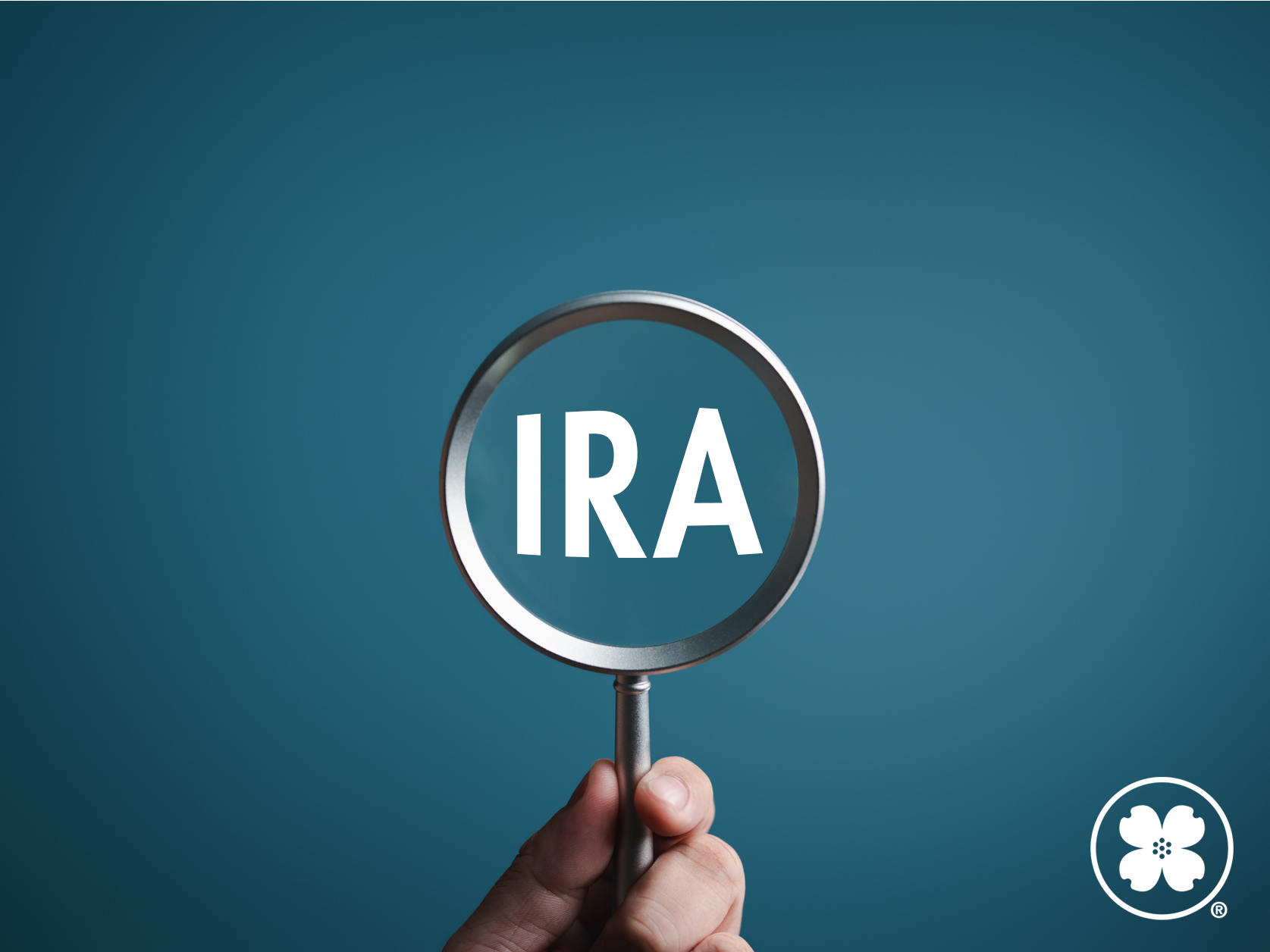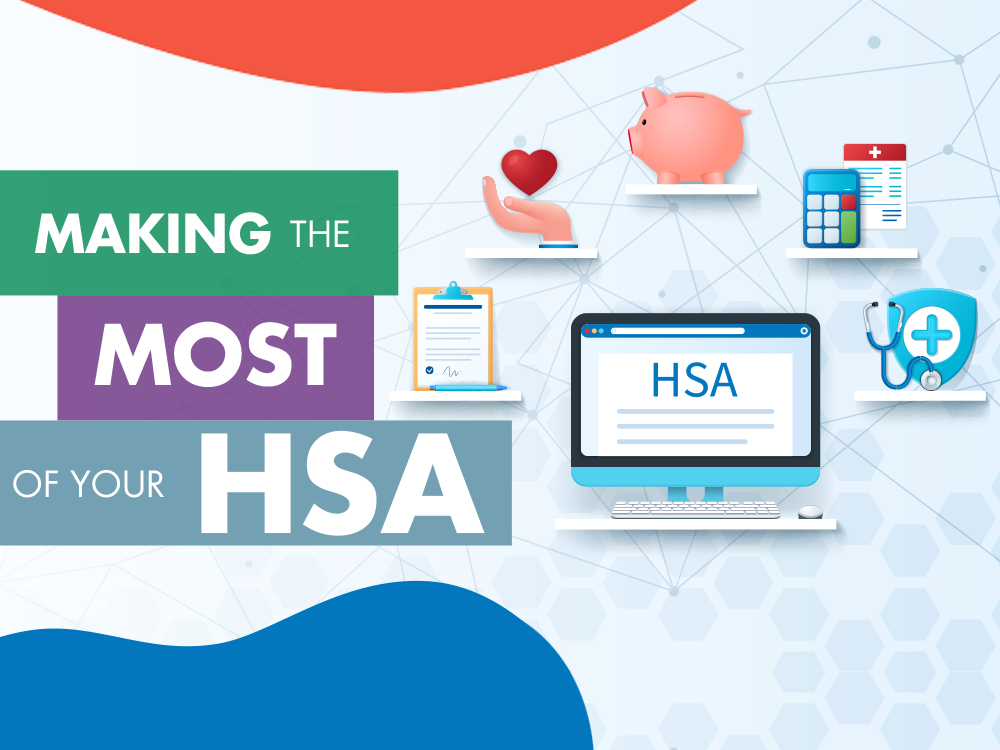Learn the key differences between IRAs and 401(k)s, including tax benefits, contribution limits, and withdrawal rules to help you choose the right retirement plan for your financial goals.

On Thursday, May 23, the House passed a bill that could drastically change the rules of retirement. It is referred to as the “Setting Every Community Up for Retirement Enhancement Act of 2019,” a.k.a. “SECURE.” These sweeping changes affect traditional IRAs, 401(k) plans, inherited IRAs, required minimum distributions, college savings plans, student loans and filter into many other aspects of personal financial planning.
The bill passed the House by a margin of 417 to 3. It is expected to pass in the Senate and has good momentum for being signed into law by President Trump. If enacted, this legislation will mark another substantial reform that will affect the wallets of all American families.
Here is a preview of what’s likely to come and some planning tips:
Required Minimum Distributions (RMD) – The bill proposes the age for beginning mandatory required minimum distributions to be raised to age 72 from 70 ½. The age for RMDs was first enacted in the 1960s and has never been adjusted. This extra time would allow investment accounts, such as IRA and 401(k) accounts, to grow tax-deferred for another year or two and potentially increase the longevity of retirement resources. However, the current lower personal income tax rates enacted by the Tax Cuts and Jobs Act of 2017 are scheduled to sunset in 2025. Therefore, it may be to your advantage to take required distributions at these lower tax rates in anticipation of a rate hike in 2026..
The legislation states that the age increase for IRA owners only applies to those who reach age 70 ½ after January 1st, 2020. So, if you turn 70 ½ before January 1st, 2020, you will not be eligible to delay your required minimum distributions. This will affect a large percentage of taxpayers; further guidance can be expected.
The bill is a bit ambiguous on how qualified charitable distributions (QCD) will be treated. Currently, an IRA holder age 70 ½ or older can make distributions straight from their IRA to charities and have the distribution count toward the RMD, yet not be includable in taxable income. The amount of the QCD can be less than, equal to, or greater than the RMD amount up to a maximum of $100,000 per year, per taxpayer. The proposed bill appears to continue to allow QCDs at age 70 ½ while delaying RMDs until age 72. This is another area where further guidance is likely forthcoming.
If you are charitably inclined, between the ages of 70 ½ and 72, and would like to reduce the size of your IRA to minimize future RMDs or tax burden for your heirs, accelerating qualified charitable distributions may be a consideration.
Repeal of the IRA Contribution Age Limit – In order to make a traditional IRA contribution, an individual must have earned income and be under age 70 ½. This legislation would repeal the age limit; leaving earned income as the only requirement for making a contribution.
To receive a tax deduction on IRA contributions individuals must have earned income beneath certain thresholds if they are considered active in an employer plan. A spouse could also qualify for a contribution to his/her account based on the income of a working spouse. In essence, everyone would be eligible to make traditional IRA contributions so long as one spouse has earned income. However, the tax deductibility of that contribution depends on other factors.
It is important to note that RMDs will still likely be required each year on the amount of the contribution, just as it is now. However, the tax savings on the contribution amount could outweigh the taxes on the smaller amount required to be distributed.
For example, the amount the IRS requires you to withdraw at age 72 comes out to about 3.9% of the aggregate retirement account balances on December 31st of the prior year. At age 70 1/2 that percentage is about 3.64%. The IRS-prescribed RMD calculation expressed here as a percentage increases each year as you age. Federal income tax rates currently range from 10% to 37%. Therefore, a withdrawal of just 3.9% of what was contributed, would still likely result in some tax savings, depending on your tax bracket. The taxes on the full balance will be paid at some point in time. And, that point in time is in sight with this legislation.
This kicking of the tax can down the road will have finally coming to an end with this bill. This legislation puts a lifespan on the “stretch IRA” provision and it could have serious tax consequences for your beneficiaries.
Inherited Tax-Deferred Accounts – The “stretch IRA” has finally been stretched to its limits. Under current law, individuals who inherit retirement accounts have the ability to take distributions over their lifetime. If the original beneficiaries do not withdraw all of the funds over their lives, the second line of beneficiaries could “stretch” the same funds over theirs, and so on potentially lasting for generations. The new legislation puts an end to that. After December 31st, 2019, the first line of beneficiaries would be required to withdraw all of the funds within ten calendar years. This applies to all beneficiaries other than the surviving spouse, disabled or chronically ill beneficiaries, minor children and individuals who are not more than ten years younger than the account owner.
From a wealth transfer planning standpoint, you may want to carefully balance how much you place in tax-deferred investment accounts, taxable accounts and Roth accounts. This balance will help ensure that your wealth stays in the family in the most tax-efficient way.
The tax impact of your beneficiaries liquidating their inherited IRA within a ten-year period could be substantial at their higher pre-retirement tax rates. If your tax rate is currently lower than your beneficiaries’, you may want to consider intentionally triggering tax on your retirement accounts either with outright distributions to you or to a non-retirement account, or consider Roth conversions. At your death, non-IRA assets receive a step-up in cost basis and Roth money is inherited tax-free.
Beneficiaries who inherit Roth IRAs are required to take required minimum distributions. However, the funds grow tax-free and are never taxable upon withdrawal. Consider Roth conversions as a tool in your financial planning toolkit to reduce the size of your taxable IRA and preserve overall family wealth.
Employer Retirement Plans
There are wide-sweeping changes to the employer plans with this bill. Here are the highlights:
- Retirement plan statements would be required to provide a lifetime income illustration showing the amount of monthly income a participant could reasonably expect to receive based on current contributions.
- Annuities would be an available vehicle for 401(k) plans. The idea here is to have this behave similarly to traditional pension plans that guaranteed a stream of lifetime income. However, the potentially higher costs, stability of the backing insurance company, potential liability of the employer and other fine print deserve a high degree of scrutiny prior to implementation.
- Small businesses could band together to enroll in a single pension plan referred to as a “pooled plan” or “multiple employer” 401(k) plan. The multiple employer plan would be available to companies of varying industries regardless of common interest or association. This could lower the cost barrier for small businesses to offer the benefits of 401(k) plans to their employees. The employers could even shift some liability to investment firms, such as Central Trust Company, that act as a fiduciary.
- A new tax credit of up to $500 per year for three years to help offset the costs for small employers who offer an automatic enrollment plan with their 401(k) or SIMPLE IRA plan. Employees are more likely to participate in a retirement plan if they are automatically enrolled. Increased participation could also help reduce the cost of the overall plan as the overall balance grows.
- Long-term part-time employees would be eligible to contribute to a 401(k) plan. Generally, a 401(k) plan is available to those who have completed one year of service and have worked 1,000 hours. This new legislation would allow workers who have worked at least 500 hours in each of the last three consecutive years to contribute to a 401(k) plan. The rationale behind this section is that parents raising children have been penalized for not being able to work 1,000 hours outside of the home. This is an attempt to further encourage employee participation in employer-sponsored retirement plans.
- Employers could adopt a stock bonus plan, pension plan, profit sharing or annuity plan after the close of the tax year, but prior to the filing of their tax return (including extensions). The plan would have a date of December 31st of the prior year. This would allow employers to make contributions for the prior year and claim the corresponding tax deduction after reviewing year-end financials.
Child Birth or Adoptions – A penalty-free, one-time aggregate distribution of up to $5,000 from retirement accounts would be allowed within the first year of the birth of a child or adoption. The funds would still be subject to ordinary income tax rates; however, there would be no 10% penalty.
Students – Stipends and non-tuition payments received by graduates and postdoctoral students would now count as compensation for IRA contributions. The goal is to jumpstart students’ retirement savings habit at an early age.
Section 529 – Education savings plans would allow for up to $10,000 to be withdrawn to pay down qualified student loan debt. This is allowed for the designated account beneficiary or his/her “sibling,” which is broadly defined in section 152(d)(2).
To navigate the complexities of how Congress may have changed your retirement plans, visit with your credentialed financial planner and tax preparer to see what strategies you could put in place to best plan for the future.
*The information in this article is not presented as personal, financial, tax or legal advice and should not be relied upon as a substitute for obtaining advice specific to your situation.
References
-
- H.R. 1994 House Committee on Ways and Means. (2019). The Setting Every Community Up for Retirement Enhancement Act of 2019 (The SECURE ACT). (Report No. 116-65 Part 1). Retrieved from https://www.govinfo.gov/
- H.R. 1994 House Committee on Ways and Means. (2019). The Setting Every Community Up for Retirement Enhancement Act of 2019 (The SECURE ACT). (Report No. 116-65 Part 1). Retrieved from https://www.govtrack.us/
- Neal, R. (2019). The Setting Every Community Up for Retirement Enhancement Act of 2019 (The SECURE ACT). Waysandmeans.house.gov. Retrieved from https://waysandmeans.house.gov/


